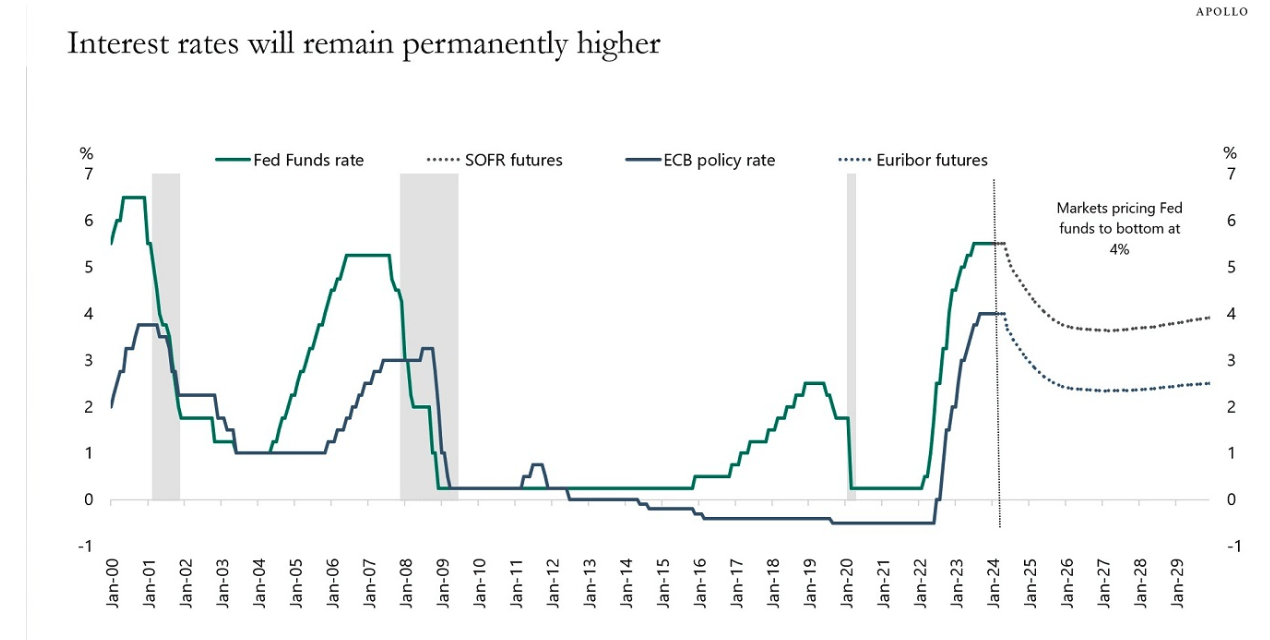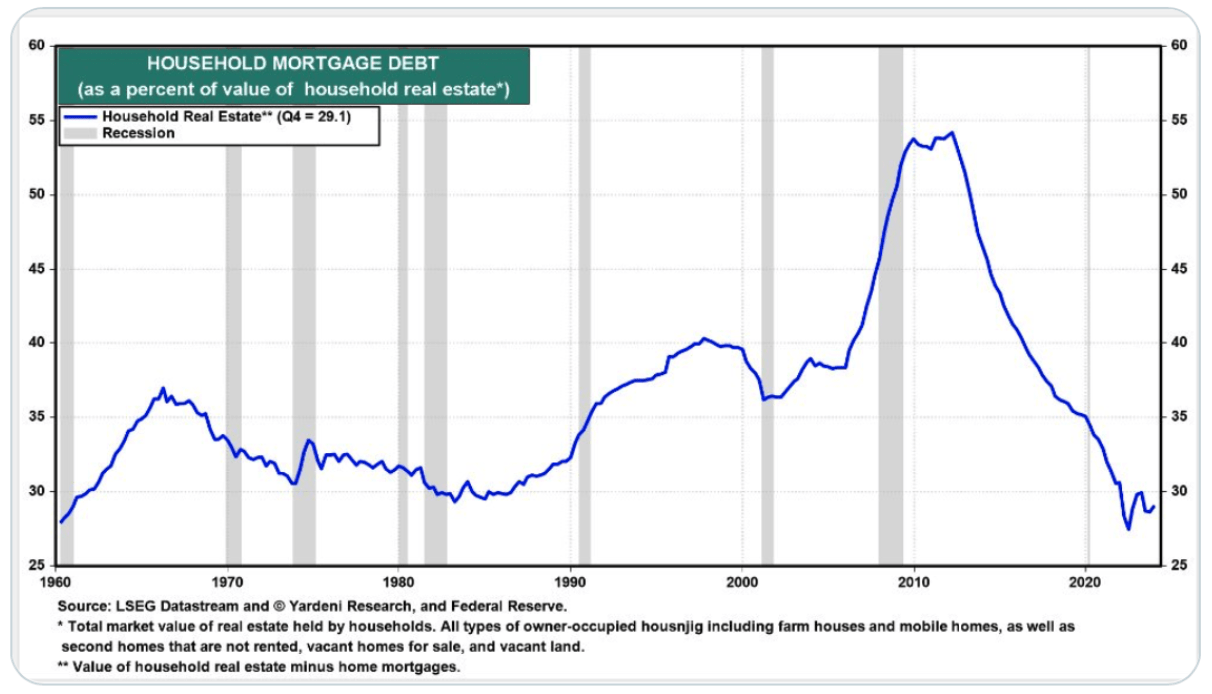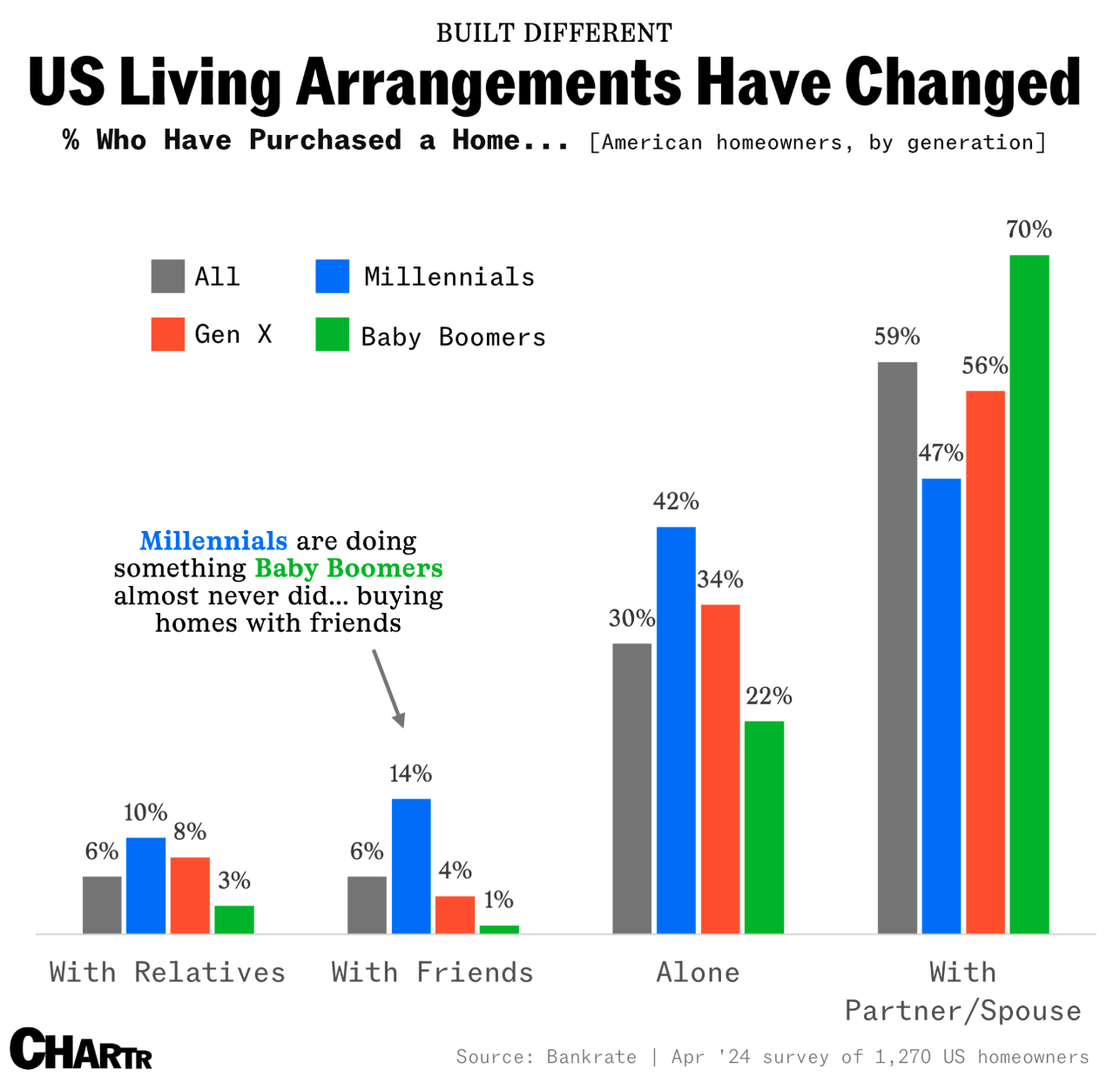By John Engel
As we approach the end of the Spring market this is the point of the year when we appear to have the most amount of inventory, the crest of the inventory sine wave. That is because everything that is coming on is on, and those properties that have accepted offers are still waiting for signed contracts and contingencies to be lifted. This is the point where inspections are being negotiated and buyers are testing what they can ask for and sellers are saying, “Is the backup offer still sticking around?” I sense the market has slowed a little bit, and sellers listing in late May are willing to work with buyers on inspection issues. That’s an overgeneralization, but it comes on the heels of a frothy season of bidding wars.
These are my observations about home inspections and the main sticking points:
Radon. I thought this one was pretty cut and dry. Either the property has a system in place or needs one. The “system” is a plastic chimney and a fan, starting about $2000 depending on where and how well hidden. Bigger houses might need two, one at each end. The EPA says a level below 4.0 pCi/L is acceptable. However, the WHO says that level should be under 2.6. I’d estimate that 50% of the time we are discussing mitigation, more fresh-air exchange. The seller’s say, “I’ve lived here 30+ years without a problem. Why all of the sudden?”
Oil Tank. This one is cut and dry. If there’s evidence of a buried oil tank the seller pays to remove it. If there are cut oil lines along the basement wall and no paperwork on the removal (due to a town hall flood in the 90’s that destroyed most records) then sometimes we scan for it using Ground Penetrating Radar (GPR). I interviewed Victor Diaz at Enviroshield (24,000 views on Instagram) on who, why and what including identification, removal, and taking the soil away and burn off the impurities. Many years ago I had to remove a leaking tank on a property I owned. Removing contamination cost about $3000. A client had to do it last month, and it was roughly the same price, but it always depends on the extent and location of the leak.
Asbestos. The home inspection reports talk about “suspected” asbestos, often in the form of floor tiles and wrapped pipes. It’s rare to see asbestos shingles. Asbestos abatement involves sealing the area and creating a negative pressure vacuum before disturbing anything. I’ve done this twice and I remember it cost about $10,000 each time.
Lead. Lead paint was outlawed in 1978. 63% of the sales of the last year are older and yet its relatively rare that the presence of lead paint becomes a sticking point during inspections. Why? When the house is that old the windows that generate lead-laced dust have often been replaced or restored (or remain permanently painted shut!)
Mold. This is the hardest. Every buyer seems to have a different definition and tolerance for what they’ll accept. Is it mildew or black mold? What’s the water source causing it? Buyers ask, “Don’t these sellers test for mold?” No, and for a couple of reasons. First, sellers often don’t want to uncover a disclosable fact. Second, sellers generally don’t go looking for problems. But, in the post-covid era air quality is something to which we’ve been trained to pay attention. Are your air filters Merv 8 or Merv 12? When people are reducing the amount and type of chemical cleaners in the home is it any wonder that HVAC quality and maintenance has become a hot button issue?
Water Quality. In New England 20% of us rely on well water. It’s 40% in Vermont, New Hampshire and Maine. And well water makes up 60% of New Canaan. Private well owners are responsible for testing the quality of their own drinking water and maintaining their own wells. Iron is one mineral that makes its presence known during the inspection. This is when the water comes out brown and stains the toilets. I interviewed Carl Snow of Boyd Artesian Well Co. (18,000 views on YouTube) and learned his secrets of iron removal in the well, a simple process best done every 3 years. Well-quality and water testing seem to be gaining importance, one of those non-negotiable issues revealed in the building inspection that can break the deal on even the most beautiful, expensive homes. The new buzzword we’re hearing is “forever chemicals”, also known as PFAS, and the EPA says there are about 12,000 different ones to worry about. New regulations mean we will begin to monitor, detect and remove them from town drinking water but many homeowners are installing filters for these as well as all the usual treatments. Aquarion says they’ve been testing for PFAS since 2019 and are below acceptable limits of 10 parts per trillion in all but a handful of Connecticut towns. But a class action lawsuit in October demands tougher standards “below detectable limits” and is winding its way through the courts and government.
Septic. There are two parts: the tank and the leeching fields. Most systems last forever when maintained. For most clients it is enough to talk to the company maintaining the system. It cost about $50,000 to relocate the septic on my property and a client is spending about the same to replace one which had not been maintained.
Notes from the
Monday Meeting:
We followed up on one inquiry this week and the lady answered the phone, “What do you mean my husband was looking at houses?” Ha! Aren’t we all looking at houses all the time? The Engel Team listing in Stamford asked $615,000, elicited 13 bids, and went to contract for $723,000. Another Stamford listing, listed two years ago, now has multiple offers and the winner wants to close with cash in a week. Where were you these last two years? Non-QM loans are loans that are non-standard, so they require alternative documentation. They include asset-backed loans. According to Chuck Threshie at Total Mortgage I learned that the rates on Non-QM loans are now better than conventional financing, 6.87%, and make up about 35% of his business.
Biography
John Engel is a Realtor on the Engel Team in New Canaan and member of the Planning & Zoning Commission. Last night P&Z discussed the restoration of 112 Main (the Connecticut Muffin building) in a (second) pre-application hearing. The re-introduction of pre-application hearings, once commonplace during the Laszlo Papp years, is smart government. Applicants want to probe what the commission might be thinking, and it results in better, more complete applications.






